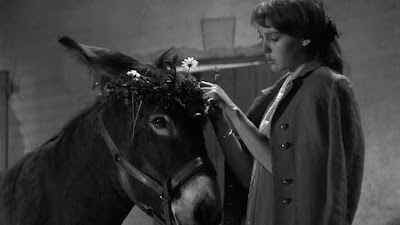Anna Karinaland
COMING ATTRACTION: Welcome to a new European/San Francisco based Cinema Roundtable discussion forum: Anna Karinaland - a forum for HOW cinema is made and HOW critics evaluate it. Our Public Site is: http://www.annakarinland.org C1: CRITICISM F1- Cine-Club (Questions & Debate) F2- Film Theory (Film form, Genre, Movements, Book Club) F3- Interviews/Articles Review (Press & online) F4- Analysis workshop (style, trends, culture, politics, lists) F5- Filmmakers (Filmography, Interviews, style, themes) C2: FILM DISCUSSION F6- Current Releases (Festival/Theatre/DVD) F7- Oldies (pre-1990) F8- Documentaries F9- Experimental Cinema (Avant-garde, Underground, Essay) F10- Short Film C3: WORLD CINEMA F11- International Film Festivals (News, Schedule, Awards) F12- Asian Cinema F13- South American Cinema F14- African Cinema C4: WOMEN AND FILM F15-Theory F16 Practice> F17 Festival and events Bulletin Board (Suggestions/OT/Questions/Feedback)









